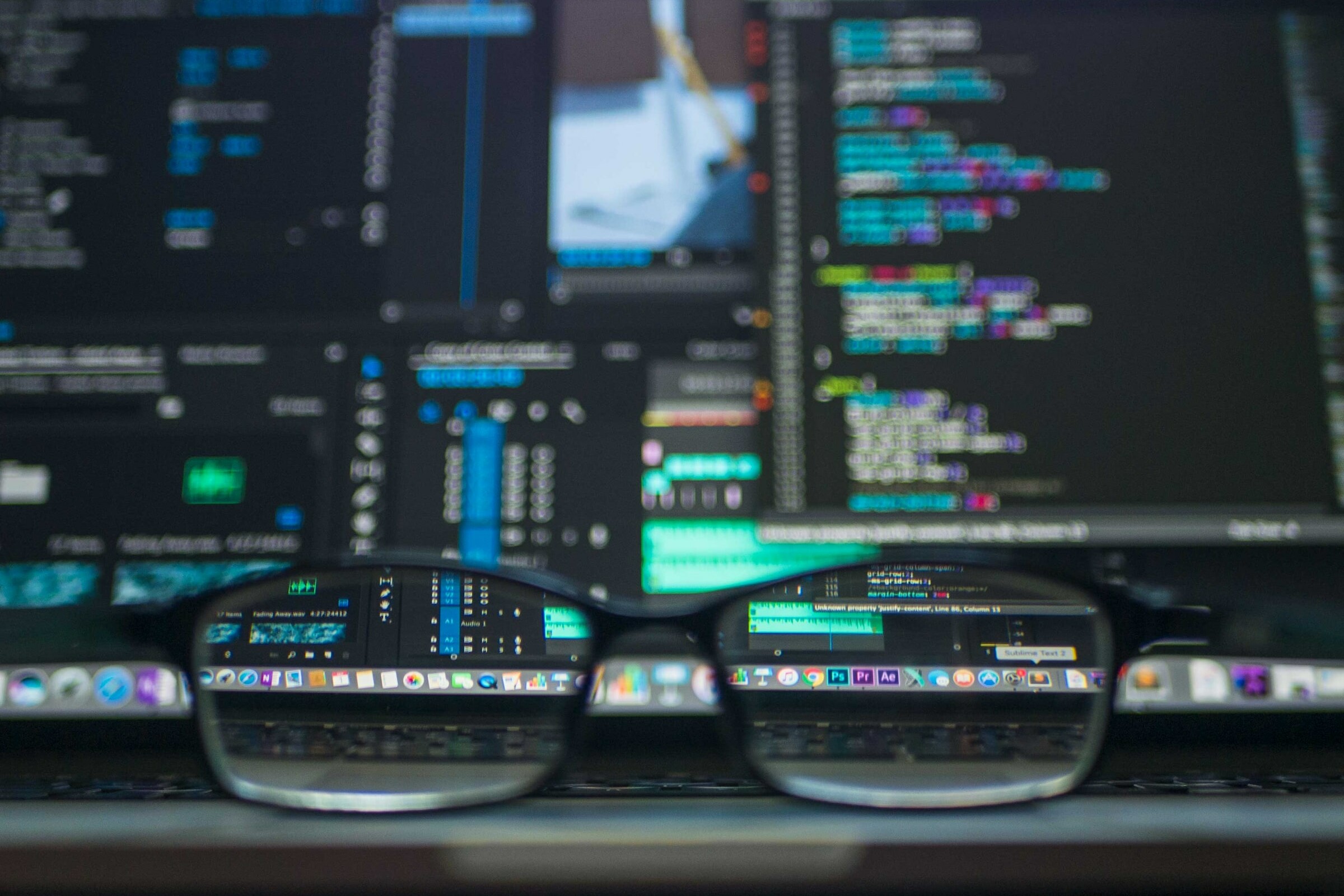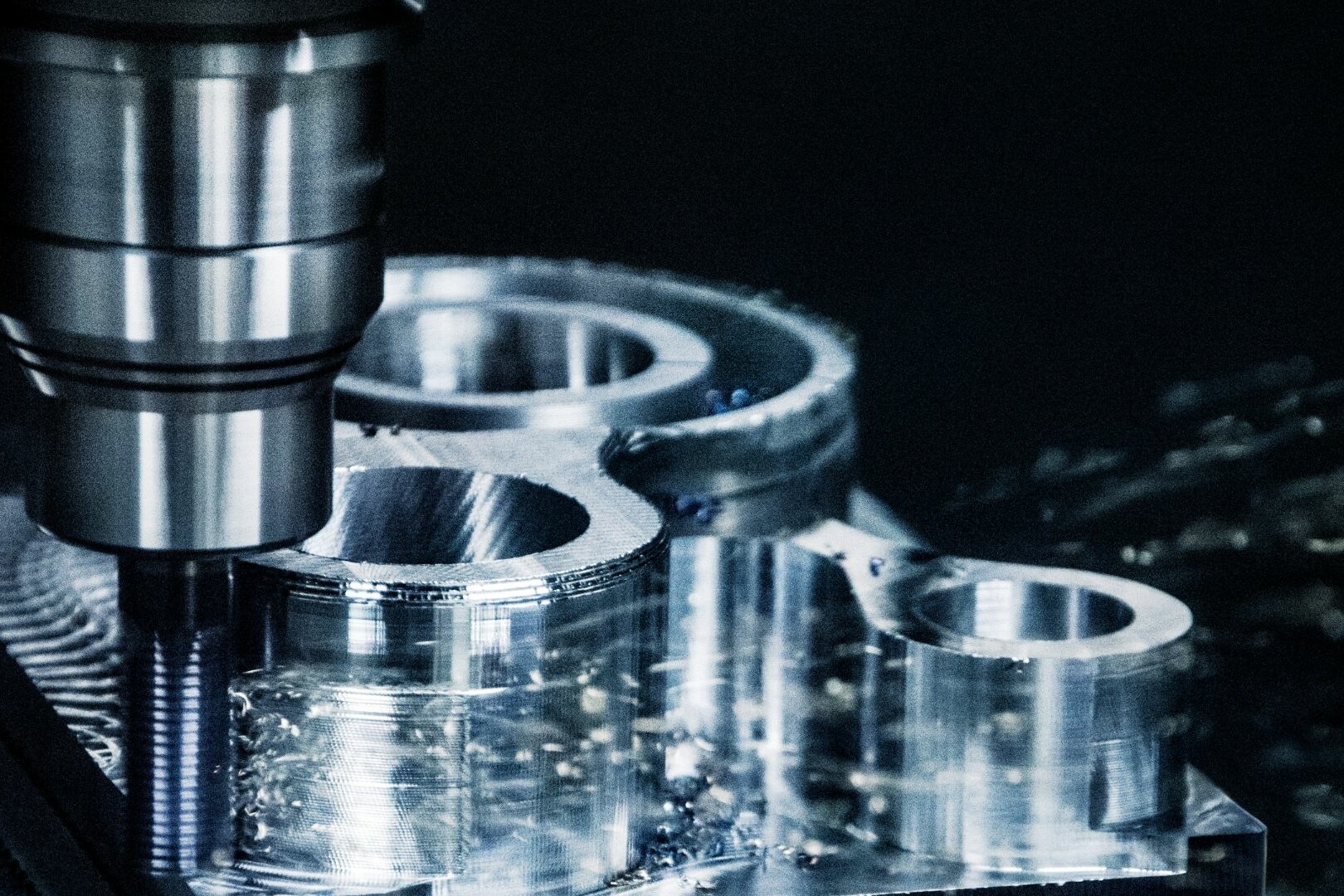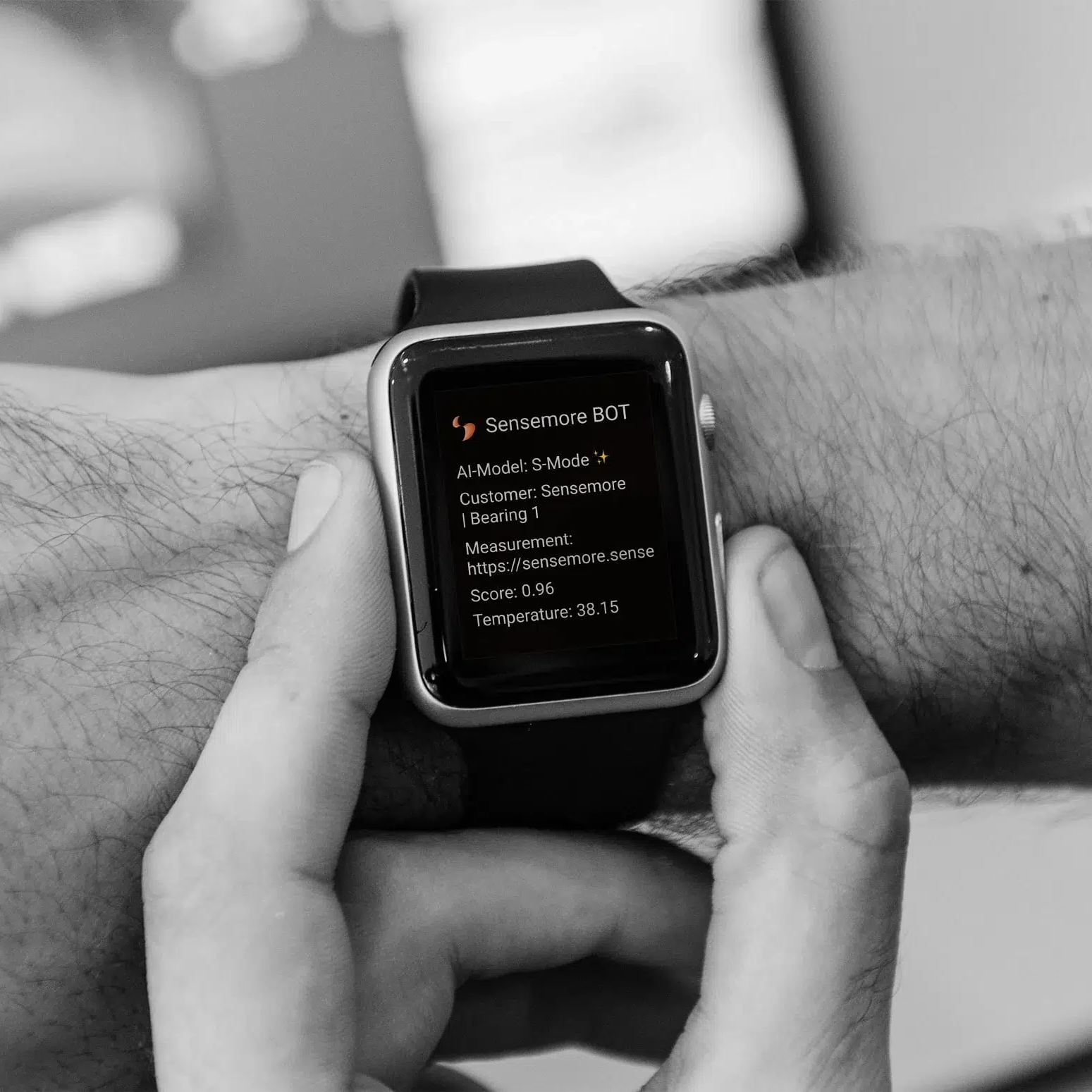Visual inspection is a detailed examination of equipment, products, or processes using the human eye to detect flaws, defects, wear, or issues. Despite the increasing adoption of automated inspection systems, visual inspection remains essential in maintenance and manufacturing for several reasons. It serves as a final checkpoint at the end of the production line, ensuring that only products meeting quality standards are shipped to customers. Moreover, in maintenance programs, visual inspection is used in identifying potential problems early, preventing costly equipment failures and downtime.
Visual inspection is relied upon because of the unique capabilities of the human eye. Unlike automated systems, human eyes excel at pattern recognition, allowing inspectors to integrate multiple variables and detect subtle abnormalities that machines may overlook. This adaptability makes visual inspection highly effective in identifying defects, irregularities, or anomalies that could compromise product quality or operational efficiency.
Key Benefits of Visual Inspection
Visual inspection offers several key benefits that contribute to its widespread use in maintenance and manufacturing processes. One of the primary advantages is its low cost and simplicity. Unlike complex automated systems that require significant investment and maintenance, visual inspection requires minimal equipment and training. This accessibility makes it suitable for small businesses or facilities with limited resources.
Another benefit of visual inspection is its ability to catch issues that automated systems would miss. While automated inspection systems are efficient for routine tasks, they may struggle to detect irregularities outside predefined parameters. Human inspectors can adapt to changing conditions and identify anomalies that may not fit typical patterns, ensuring comprehensive defect detection.
Furthermore, visual inspection is highly flexible and adaptable to different processes and equipment types. Whether inspecting complex machinery or intricate components, visual inspection can be tailored to suit various applications, making it a versatile tool across industries. Its flexibility allows organizations to implement visual inspection seamlessly into existing quality control processes or maintenance routines.
Additionally, visual inspection provides immediate feedback on asset condition, enabling prompt corrective actions. By identifying defects or abnormalities in real-time, organizations can address issues before they escalate, minimizing the risk of costly downtime or product recalls. This proactive approach to quality control enhances overall operational efficiency and customer satisfaction.
Perhaps the most significant benefit of visual inspection is its role in early problem identification, which helps prevent secondary damage. By detecting issues at their inception, visual inspection allows organizations to implement timely maintenance or corrective measures, mitigating the risk of equipment failures or production delays. This proactive maintenance strategy not only extends the lifespan of equipment but also reduces long-term maintenance costs and improves overall reliability.
How to Conduct Effective Visual Inspections
Effective visual inspections require a systematic approach and adherence to best practices. Here are some guidelines for conducting successful visual inspections:
- Develop a comprehensive checklist covering all parts or areas to be inspected. While having a checklist is essential for ensuring thoroughness, inspectors should also remain observant for any unexpected issues that may arise during the inspection process.
- Follow a consistent inspection path to ensure that every component receives proper scrutiny. Proper lighting is crucial for accurate defect detection, so ensure that the inspection area is well-lit to enhance visibility.
- Look for patterns or changes in color, texture, shape, or any other visual cues that may indicate a problem. Pay attention to subtle deviations from the norm, as these could be early indicators of underlying issues.
- Document any findings meticulously, using notes, photos, or videos to record observed defects. This documentation serves as a valuable reference for future inspections and provides a clear record of asset condition over time.
- Label identified issues clearly and prioritize follow-up actions based on severity. Critical issues requiring immediate attention should be addressed promptly to minimize the risk of operational disruptions or safety hazards.
Conclusion
In conclusion, visual inspection a method of quality control and maintenance in various industries. Despite advancements in automation, the human eye’s unique capabilities make visual inspection indispensable for detecting defects, irregularities, and anomalies that could compromise product quality or operational efficiency. By understanding the benefits and best practices of visual inspection, organizations can optimize their inspection processes, enhance product quality, and minimize the risk of costly downtime or recalls.
Recommended Blog Posts
September 4, 2023
Powerful Signal Analysis Tools for Vibration Analysis
Predictive maintenance, crucial for machinery reliability, heavily relies on vibration analysis. Techniques like FFT…
September 4, 2023
Rotating Machinery Vibration Analysis
Vibration analysis is a critical tool in various industries like manufacturing, power generation, and transportation.…
December 28, 2022
Fault Diagnostic Technique Using Machine Mode Similarity Analysis
AI can diagnose machine faults with vibration data but machine mode similarity analysis is an alternative, it uses…
September 15, 2022
Understanding Rotating Machinery Data
Machine data is generated by physical attributes and actions of machines, collected by sensors and analyzed for…
August 6, 2021
Envelope Analysis
Bearings are critical elements in rotating machines, they support radial and axial loads, and reduce friction. Real…
May 6, 2021
What is Cepstral Analysis?
Cepstral Analysis, a tool used to detect periodicity in frequency spectrum, can be useful in gearbox fault detection in…
October 9, 2020
How is Fault Detection Performed?
Vibration measurements and analysis, using multiple parameters, can identify developing problems in machinery before…
September 21, 2020
Parameter Selections in Vibration Measurement
Vibration measurements are used to determine the response of machines to forces and identify potential issues. It is…
September 4, 2020
What is Vibration Analysis?
Vibration analysis can be used to discover problems in machines and predict when they might fail. It can significantly…
Discover Our Products
Sensemore Predictive Maintenance Solution
If you enjoyed this blog, explore our Predictive Maintenance Solution page.











